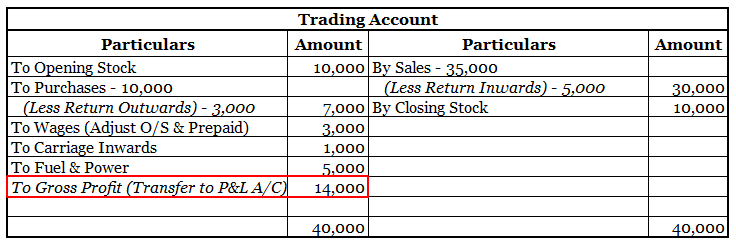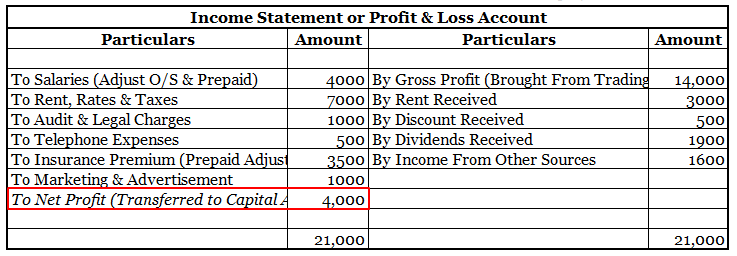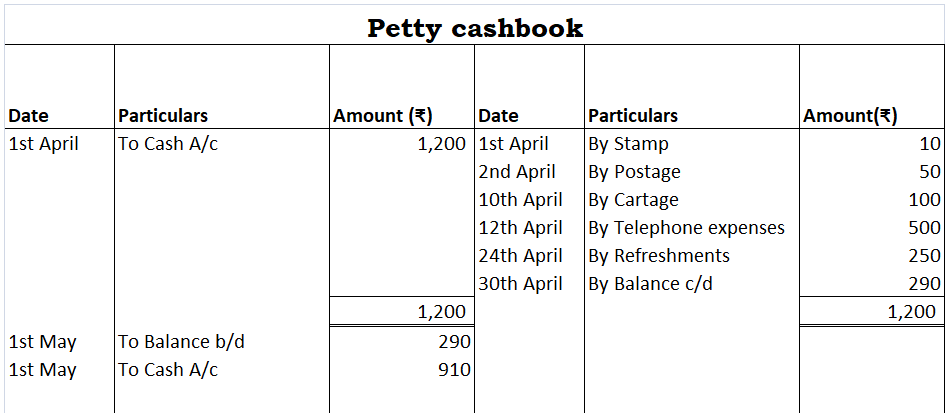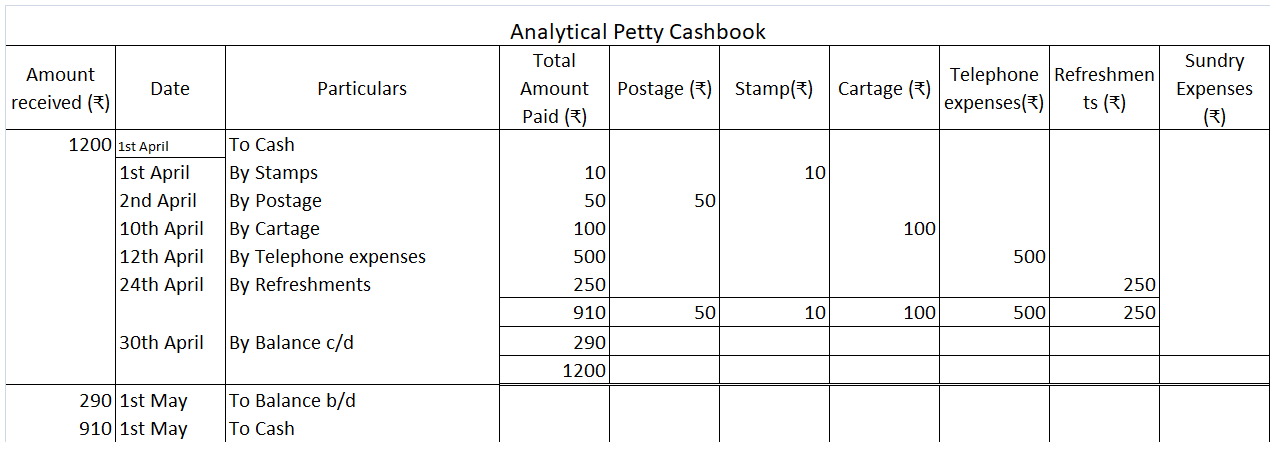An asset is a resource in the name of the company or controlled by the company that holds economic value and will provide it future benefits. A company invests in various kinds of assets for manufacturing purposes and investment purposes as well. Some examples of assets are: Plant and Machinery InveRead more
An asset is a resource in the name of the company or controlled by the company that holds economic value and will provide it future benefits.
A company invests in various kinds of assets for manufacturing purposes and investment purposes as well. Some examples of assets are:
- Plant and Machinery
- Investments
- Inventory
- Cash and Cash Equivalents, etc.
Assets can be broadly divided into two categories based on their physical existence:
- Tangible Assets
- Intangible Assets
Tangible Assets can be further divided into two categories based on their life and role in the operating cycle:
- Non-Current Assets
- Current Assets
Since the company derives benefit from the asset, an asset account is debit in nature. If an asset account has a credit balance, it would fundamentally make it a liability. However, there are certain exceptions to it.
In the case of Bank Overdraft, which means a company withdraws more from the bank than it has deposited in its account, Bank Account can also be shown having a credit balance.
Contra Assets Accounts are the accounts that are contrary to the basic nature of an assets account, that is it is contrary to the debit nature of the assets account and hence are credit in nature.
Examples of Contra Assets Account are:
Accumulated Depreciation Account which is essentially Plant Assets Account also has a credit balance as it is used to depreciate the asset, or in other words, reduce the value of the assets, hence it also has a credit balance.
When there are balances in the Account Receivables Account that are not paid to the company or have a very low probability of being paid, they are recorded in a separate account called Bad Debts Account, which is also credit in nature.
See less








Working Capital is the capital used in the daily operations of the business. It is calculated as the difference between current assets and current liabilities. Gross working capital means current assets and net working capital means the difference between current assets and current liabilities. WorkRead more
Working Capital is the capital used in the daily operations of the business. It is calculated as the difference between current assets and current liabilities. Gross working capital means current assets and net working capital means the difference between current assets and current liabilities.
Working Capital indicates the short-term liquidity of its business. It means the ability of a company to meet its daily requirements through short-term financing.
Working Capital can be;
Positive or negative working capital follows a simple rule of math. If current assets are more than current liabilities, working capital is positive and if current assets are less than current liabilities, working capital is negative. When current assets are equal to current liabilities, working capital is zero.
Negative working capital for a short period means that the company has made a big payment to its vendors, or a significant increase in the creditor’s account because of credit purchases.
However, if working capital is negative for a longer period it indicates that the company is struggling with its operating requirements or that it has to finance its daily operations through long-term borrowings.
The current ratio for a company is calculated as:
Current Assets divided by Current Liabilities.
Working Capital and Current Ratio are interrelated. If the Current Ratio is more than 1, it means current assets exceed current liabilities and Working Capital is positive. However, if the Current Ratio is less than 1, it means current liabilities exceed current assets and Working Capital is negative.
For example-
If Current Assets are Rs 50,000 and Current Liabilities are Rs 70,000 then
Working Capital= Current Assets – Current Liabilities
WC = Rs 70,000 – Rs 50,000
WC = Rs. 20,000
Current Ratio = Current Assets / Current Liabilities
CR = Rs.50,000/ Rs. 70,000
CR = 0.71< 1
See less